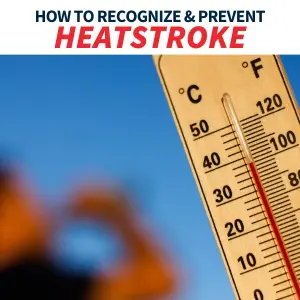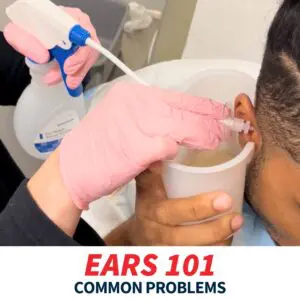Each year, hundreds of thousands of Americans are affected by strokes—one of the leading causes of long-term disability and death in the U.S. May is National Stroke Awareness Month, a time to spread knowledge and empower the public to recognize stroke symptoms and respond swiftly. Early recognition and immediate action can save lives and reduce long-term effects.
What Is a Stroke?
A stroke occurs when blood flow to a part of the brain is suddenly interrupted—either by a blockage (ischemic stroke) or a burst blood vessel (hemorrhagic stroke). Without oxygen-rich blood, brain cells begin to die within minutes. Rapid treatment is essential to minimize brain damage and improve recovery outcomes.
Vascular neurology, a specialty focused on stroke-related conditions, plays a vital role in diagnosing and treating these events.
Who Is Most at Risk?
Stroke risk increases due to several factors: high blood pressure, heart disease, high cholesterol, diabetes, obesity, and family history. Some populations, such as Black men aged late 20s to mid-40s, face elevated risk—often due to higher rates of hypertension. Understanding and managing these risk factors is key to prevention and improving health equity.
Routine wellness exams and healthy lifestyle choices—like maintaining a balanced diet and regular exercise—can significantly reduce stroke risk.
Recognizing Stroke Symptoms: Act FAST
Quick action can make the difference between recovery and lifelong disability. Use the FAST acronym to spot stroke symptoms:
- Face: Ask the person to smile. Is one side drooping?
- Arms: Ask them to raise both arms. Does one drift downward?
- Speech: Ask them to repeat a simple phrase. Is their speech slurred or strange?
- Time: Call 911 immediately if any of these symptoms appear.
Never drive someone having a stroke—call emergency services right away.
Additional Symptoms to Watch For
While FAST symptoms are most common, strokes may also present with:
- Sudden confusion or trouble understanding speech
- Vision issues in one or both eyes
- Severe headache with no known cause
- Dizziness, loss of balance, or difficulty walking
These symptoms are especially common in women and older adults and should be treated with equal urgency.
Stroke Prevention Starts with Awareness
Up to 80% of strokes are preventable through lifestyle changes and routine medical care. Regular wellness exams, like those offered at Midwest Express Clinic, are essential for identifying risk factors like high blood pressure, cholesterol, and blood sugar levels. Providers can offer personalized advice to support heart-healthy habits.
Get Involved: Raise Awareness and Take Action
National Stroke Awareness Month is a powerful reminder to:
- Make heart-healthy lifestyle choices
- Educate friends and family about stroke symptoms
- Encourage routine wellness checkups
- Share cardiovascular health tips on social media
Healthcare professionals and communities can promote awareness through education, advocacy, and local events. The American Stroke Association provides helpful tools and resources to support these efforts.
By working together, we can reduce the impact of stroke, improve outcomes for survivors, and build a healthier, more informed society.
Make Stroke Awareness a Year-Round Priority
Knowing the signs and acting FAST can save a life. Midwest Express Clinic offers general wellness exams and preventive care for individuals of all ages. To find a location near you, visit midwestexpressclinic.com/locations.




